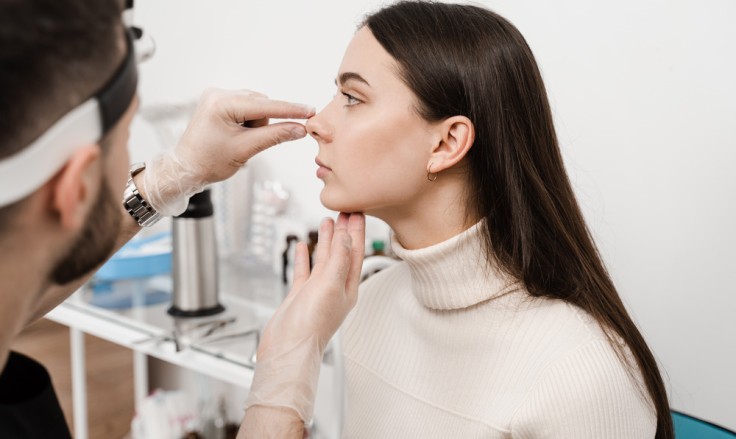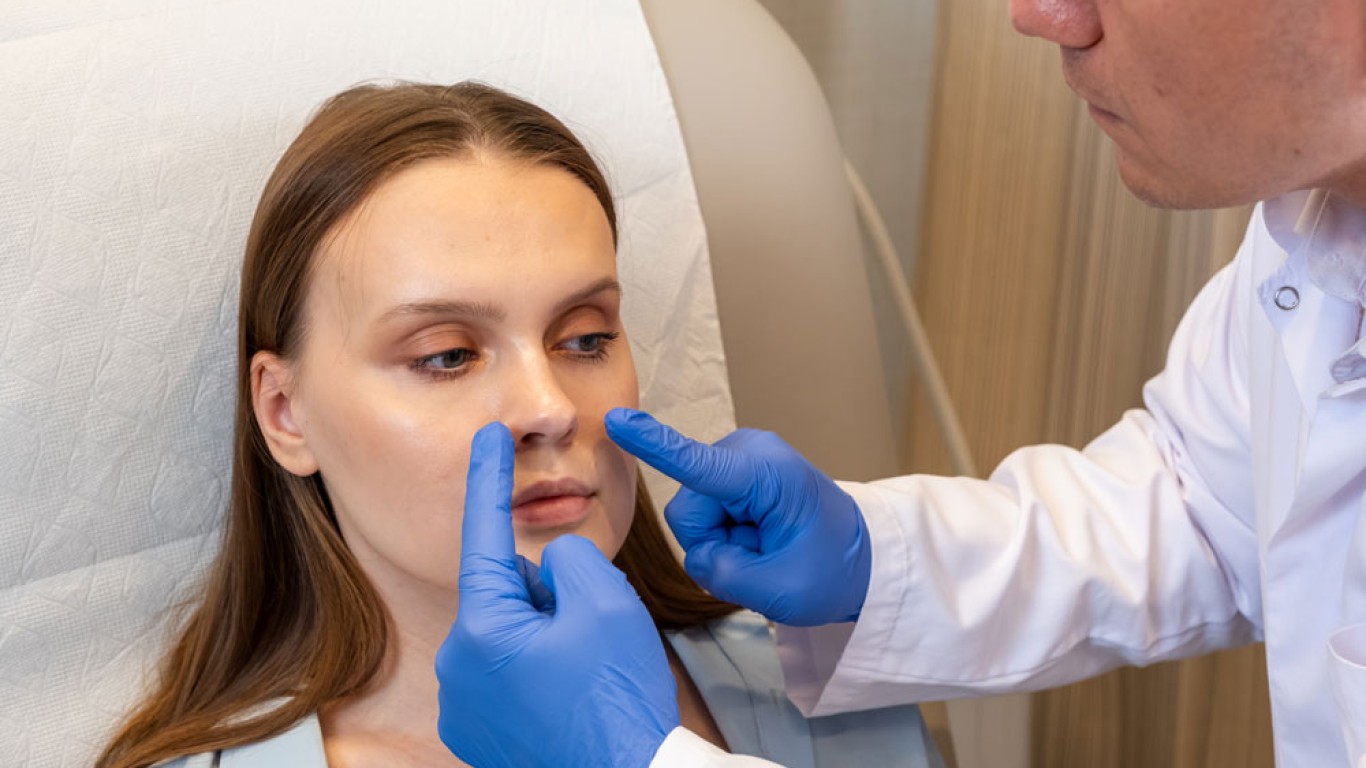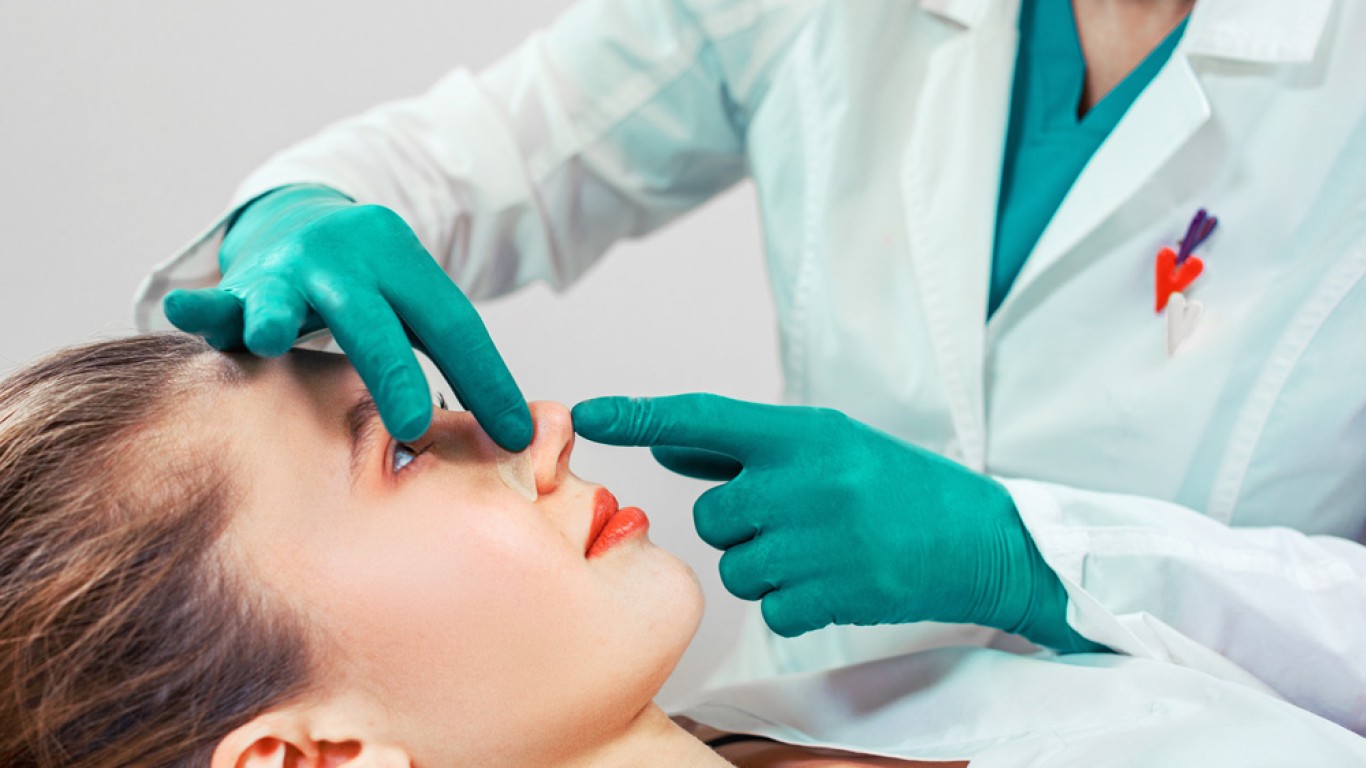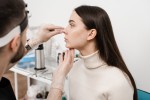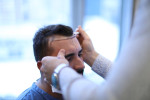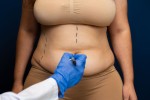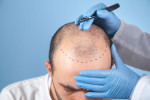Introduction
A crooked nose appears when the nasal structure deviates from the midline. This deviation may be visible along the bridge, tip or entire nasal length. Although the appearance varies, the underlying causes often involve bone shape, cartilage position - or both. Because nasal alignment affects airflow and structure, many individuals explore both non-surgical and surgical options. This guide explains the causes, the role of exercises and the surgical techniques used in 2025 to correct deviation.
What Defines a Crooked Nose?
A crooked nose leans or curves to one side, either slightly or significantly. The deviation may be external, internal or both. In many cases, the nasal bones and cartilage have developed asymmetrically. In others, injury or previous trauma caused the change. Although surface irregularities may appear prominent, the underlying cause usually involves deep structural imbalance. Understanding the exact type of deviation helps specialists determine the most suitable treatment approach.
Most Common Causes of a Crooked Nose
Several factors can lead to nasal deviation:
- Genetics: Some individuals inherit natural asymmetry in cartilage or bone structure.
- Trauma: Breaks, bumps, or childhood injuries often shift the nasal bones.
- Birth-related pressure: Newborns may develop deviation due to delivery-related forces.
- Developmental changes: As the face grows, structural imbalance may become more noticeable.
- Cartilage weakness: Soft or flexible cartilage may bend during growth.
These factors each influence whether the crooked nose leans, twists, or curves.
When the Septum Contributes to Crooked Nose Deviation
The nasal septum divides the nose into two sides. When it bends or deviates, the external nose may also appear crooked. A deviated septum affects airflow and can influence the entire nasal shape. Specialists examine both internal and external structures because these systems interact closely. Correcting the external deviation often involves correcting the septum as well. This is particularly the case when cartilage tension pulls the nose off centre.
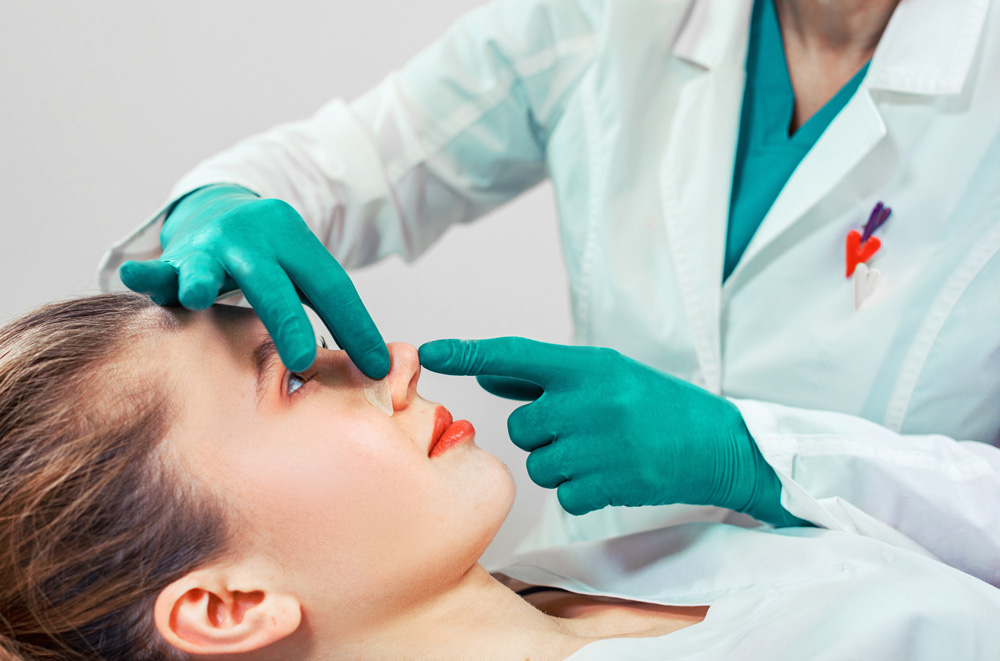
Can Exercises Correct a Crooked Nose?
Many online sources suggest that exercises can correct asymmetry. However, nasal shape depends on bone, cartilage and ligament structures that cannot be altered through exercise. Exercises may strengthen muscles around the nose, but muscle activity doesn’t significantly change nasal position. Therefore, exercises cannot straighten a crooked nose caused by bone or cartilage deviation. Strengthening facial muscles may support posture around the nose, but structural change requires targeted treatment.
What Facial Exercises Can Support Appearance?
Exercises cannot reposition nasal structures. However, they may help improve coordination and symmetry of the surrounding muscles.
Examples include:
- Light resistance exercises for nasal movement
- Breathing exercises that engage surrounding muscles
- Postural alignment exercises
These actions don’t straighten a crooked nose, but they may help reduce tension or improve overall facial harmony. Their impact remains limited, and specialists do not consider them corrective.
When Non-Surgical Options Are Considered for a Crooked Nose
Non-surgical methods can help disguise mild asymmetry. Fillers are sometimes used to even surface irregularities. However, fillers cannot correct bone or cartilage deviation. They hide minor irregularities by adding volume strategically. This approach suits slight crookedness only. Non-surgical camouflage also supports symmetry awareness for those exploring surgical options later. It offers temporary refinement without structural correction.
Surgical Options for Straightening a Crooked Nose
Surgery remains the most effective method for correcting nasal deviation. Several techniques are available, chosen according to the cause and severity.
- Septoplasty: Corrects deviation of the septum. It straightens internal cartilage and improves airflow.
- Rhinoplasty: Adjusts external shape, bone alignment, and cartilage support.
- Combined Septorhinoplasty: Corrects both internal and external deviation together. This is the most common option for significant crookedness.
Surgical correction directly addresses the structures responsible for the crooked nose.
How Surgeons Assess Crooked Nose Deviations
Assessment includes examining nasal bones, cartilage strength, septal alignment and facial symmetry. Specialists also study airflow and structural behaviour during breathing. In 2025, many clinics use 3D imaging and AI mapping tools to analyse deviation angles and tension patterns. These tools help identify whether deviation results from cartilage twist, bone displacement or septal pull. Accurate assessment ensures a safe and effective treatment plan.
Conclusion
A crooked nose develops from cartilage imbalance, bone deviation or septal misalignment. Exercises cannot correct structural causes, though they may support minor muscular coordination. Non-surgical methods offer camouflage for slight irregularities. However, surgery remains the most reliable option for true correction. Through careful assessment, advanced imaging and precise surgical techniques, specialists align nasal structures safely and predictably.
For more information about crooked nose correction and to book a consultation, visit the ACIBADEM Beauty Center rhinoplasty page.
Frequently Asked Questions
Mild cases can be disguised with fillers, but structural causes need surgery.
No, exercises cannot change bone or cartilage position.
Common causes include genetics, trauma, and cartilage weakness.
Most swelling reduces within weeks, while full healing takes months.
It helps internal deviation, but external correction often requires rhinoplasty.
